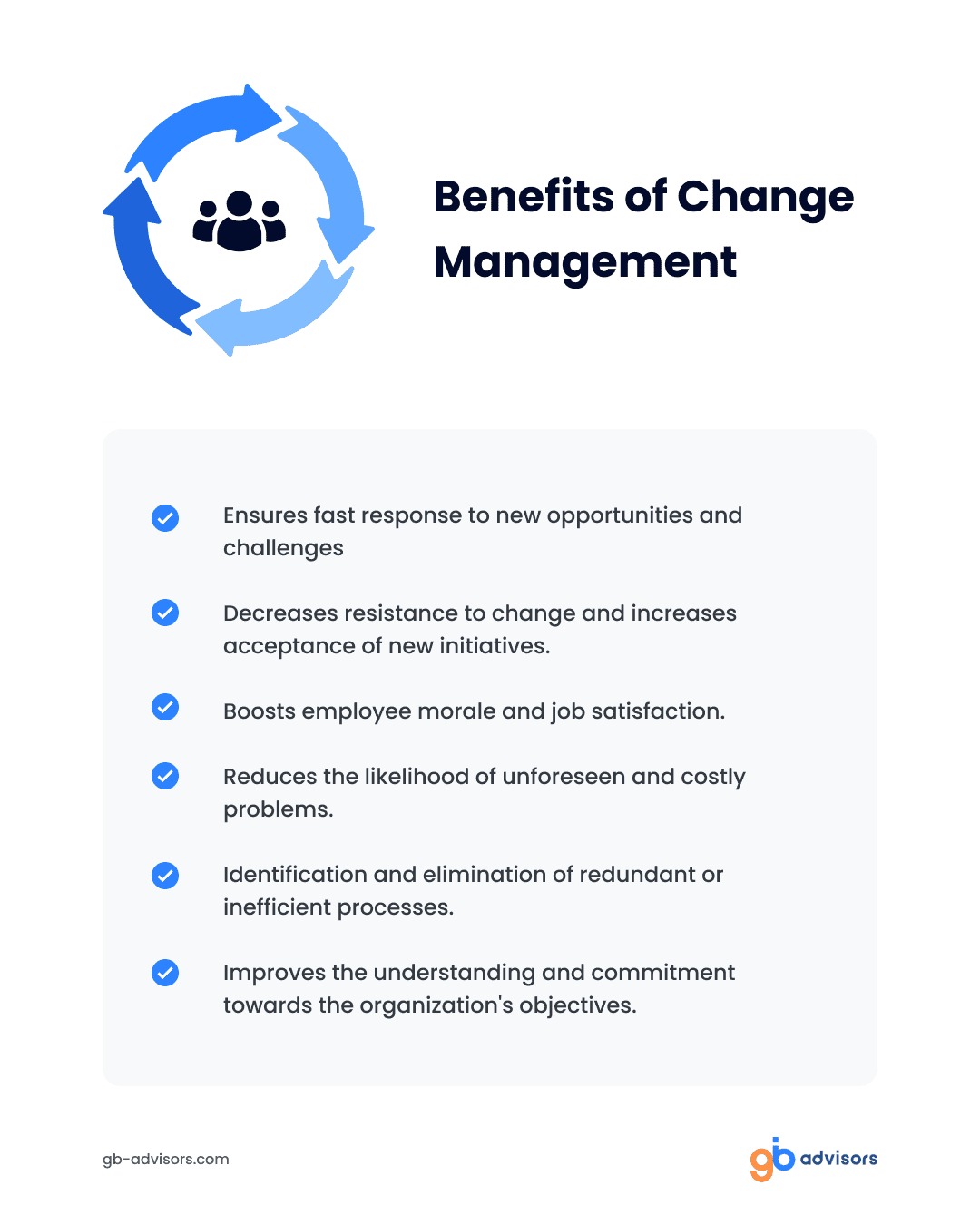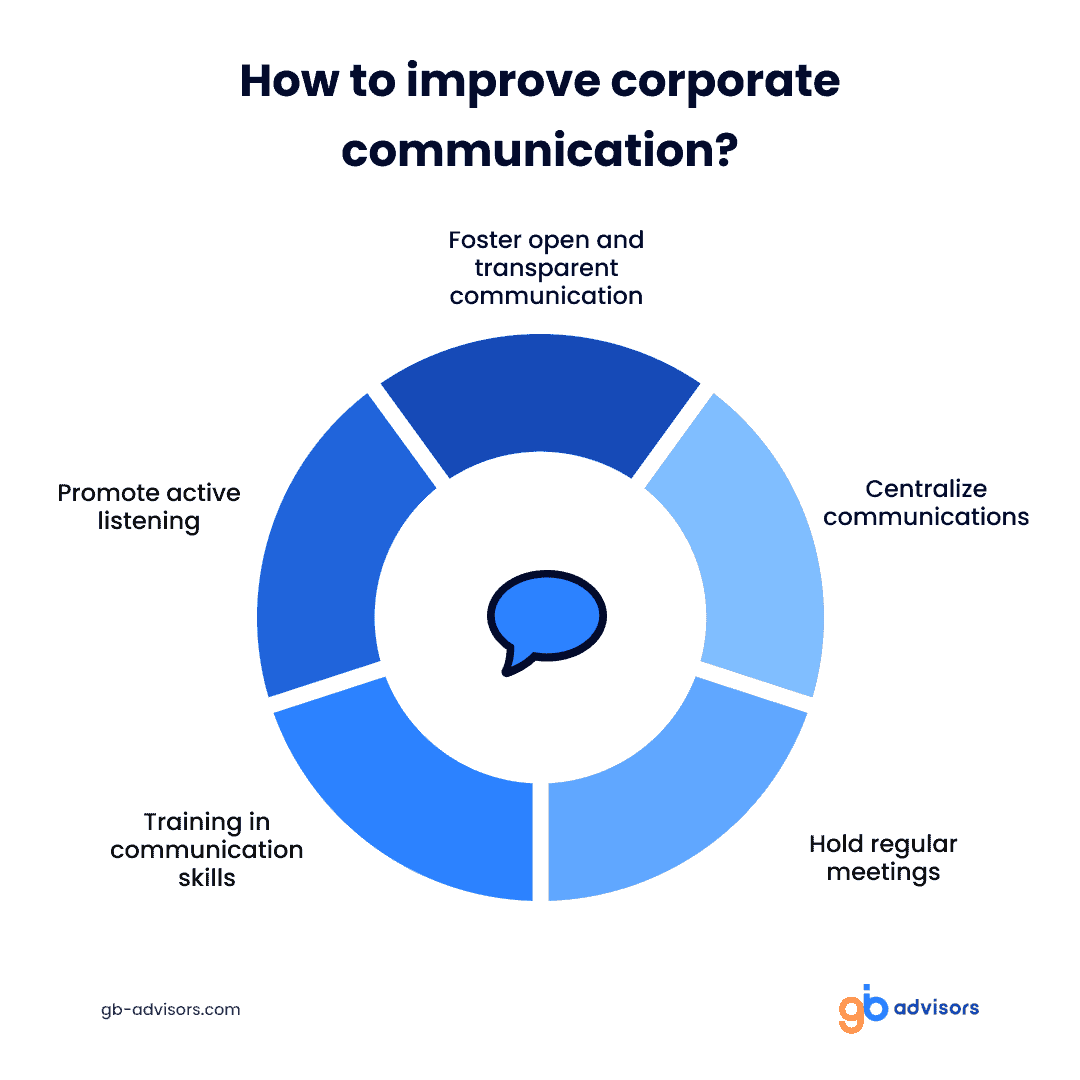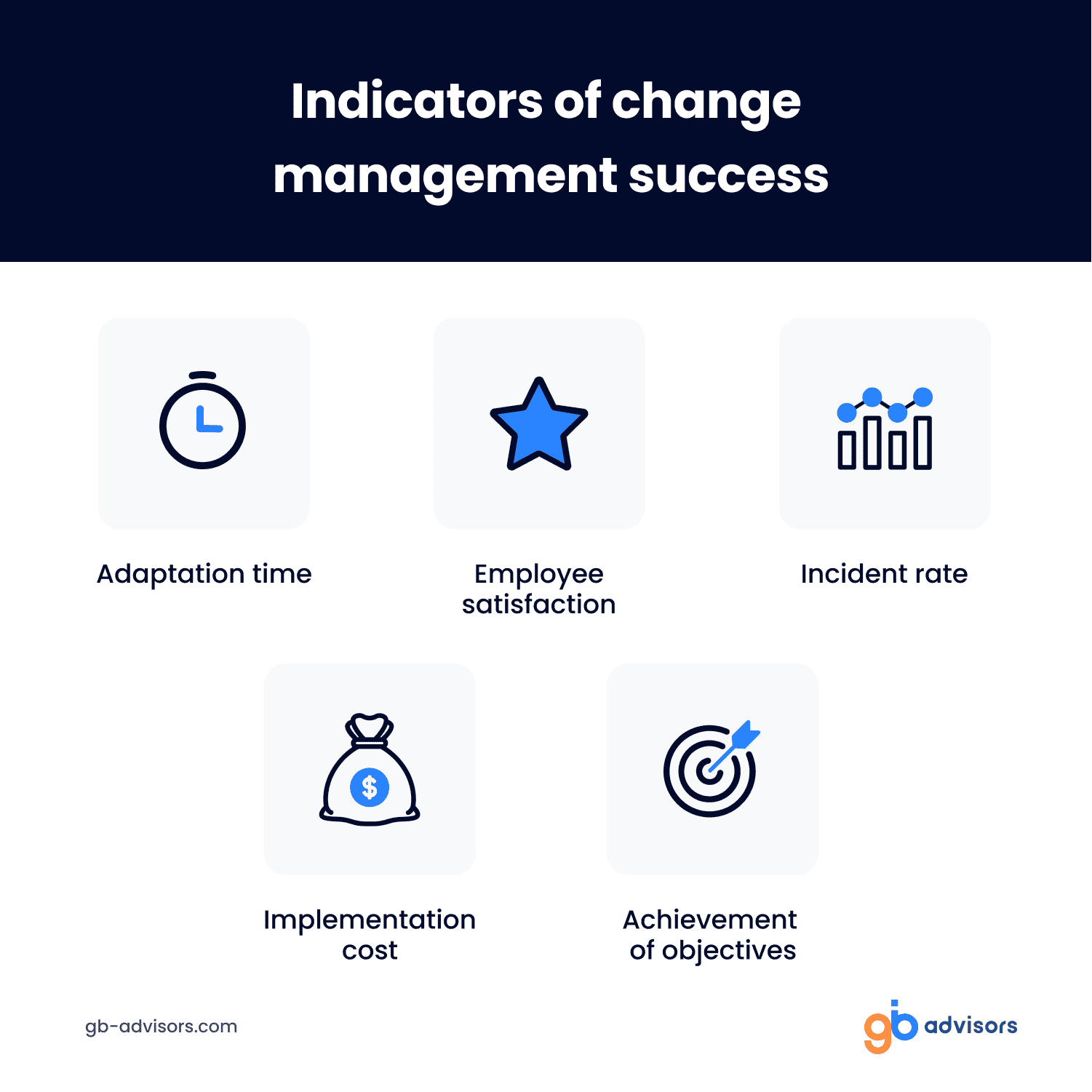Have any of the following situations happened to you?
- Implemented a tool to automate the creation of invoices and realized that the administration department prefers to continue creating them manually.
- Purchased an excellent collaboration software and still there is poor communication among your employees.
- You’ve discovered new strategies to improve the workflow in your company, but even you are having trouble revamping the way you do things.
Do you identify? Don’t worry, it’s more common than you think.
Change is something that all human beings must constantly face. However, despite being something so common in our lives, the process of accepting and adapting to change can often represent a challenge for some of us, even if we know that it will bring us benefits.
The business environment is no different. Staying competitive implies having the ability to renew and evolve according to the demands of the market and, above all, of customers. However, the reforms that are made in favor of development do not always go down well with all the members of the company.
And, clearly, handling change well is indispensable when carrying out any project. So do you want to know some key factors to accompany the transformation in your company? Read on and find out more.
What is Change Management?
Change Management is a systematic process that consists of simplifying the approval of changes that can bring about some situations in the company, such as:
- The implementation of a new project.
- The implementation of new strategies.
- Or organizational transformations.
The objective is to ensure that the organization’s employees can adapt to these transformations without any difficulty. The more efficient the process, the easier it will be for all teams to accept the new project.
Stages of Change Management
There are several stages in the change management process, which may vary according to the specific model used. However, here are the common stages found in most approaches:
Stage 1: Awareness of the need for change.
This stage involves identifying the need for change and understanding why it is critical to the organization’s success.
Impact on the organization: Awareness of the need for change can generate anxiety, resistance, and distrust among employees.
Steps to take:
- Conduct internal and external analyses to identify problems, opportunities, and trends that require change.
- Clearly communicate the reasons behind the need for change to stakeholders.
- Establish clear and realistic objectives for change.
Stage 2: Change Impact Assessment and Analysis
For the most part, the objective here is to analyze how the change will affect people, processes, and systems within the organization.
Impact on the organization: If not properly assessed, the change can cause disruptions in operations, decreased morale, and loss of productivity.
Steps to follow:
- Conduct a change impact analysis to identify associated risks and benefits.
- Identify areas and employees that will be impacted by the change.
- Develop contingency plans to address potential issues and challenges.
Stage 3: Develop a change vision and strategy
Another key point is to create a clear vision of the desired future and develop a strategic plan to achieve that goal.
Impact on the organization: Lack of a solid vision and strategy can result in poor implementation and ineffective change.
Next Steps:
- Define the vision and objectives of the change.
- Design a strategic plan that includes goals, timelines, and required resources.
- Establish key performance indicators (KPIs) to measure the success of the change.
Stage 4: Communication and employee involvement
It is essential to communicate the vision and strategy to all levels of the organization. You must involve employees in the change process.
Impact on the organization: Lack of communication and involvement can lead to resistance to change. And just as in stage 2, employees may become demotivated and less productive.
Steps to follow:
- Effectively communicate the vision, strategy, and benefits of change to employees.
- Foster an open and safe environment where employees can voice their concerns and suggestions.
- Involve employees in decision-making and implementation of the change.
Stage 5: Development and training
As a result of step 4, you need to start providing employees with the necessary skills and knowledge to adapt to change is vital.
Impact on the organization: Lack of development and training can result in poor implementation and ineffective change.
Steps to take:
- Identify the skills and competencies required for change.
- Design and implement customized training and development programs.
- Monitor progress and adjust programs according to your needs.
Stage 6: Implementing the change
After everything is in order, you can start implementing the change plan and monitoring its progress.
Impact on the organization: Improper implementation can lead to disruptions in operations. In addition, it can lead to financial losses, decreased customer satisfaction, and increased staff turnover. Thus affecting overall company performance and reputation.
Steps to follow:
- Establish an implementation schedule with deadlines and responsible parties.
- Ensure resources are available and employees are committed to the change.
- Monitor progress and adjust the plan as needed.
Stage 7: Monitoring and evaluation
So, once the change has been implemented, it is essential to evaluate the success of the change against the established objectives.
Impact on the organization: Lack of monitoring and evaluation can result in ineffective change. In addition, it causes repetition of past mistakes and overlooking opportunities for improvement.
Next Steps:
- Use KPIs to measure the success of the change.
- Conduct periodic reviews and adjust the strategy as needed.
- Identify areas for improvement and apply lessons learned in future change initiatives.
Stage 8: Reinforcement and consolidation of change
In this stage, you must ensure that the change is sustained over time and integrated into the organization’s culture.
Impact on the organization: If the change is not reinforced and consolidated, there is a risk of reverting to previous practices and losing the benefits of the strategy.
Next steps:
- Continue to communicate and reinforce the importance of the change.
- Celebrate successes and recognize employees for their contribution to the change.
- Integrate the change into the organization’s culture and processes.
Some keys to successful Change Management
Ultimately, implementing change can be a complex and challenging process, but with proper planning and focus, it is possible to minimize resistance and maximize benefits.
Let’s take a closer look at some aspects addressed in the stages…
1. Effective communication
Clear communication is critical to ensure that everyone involved in the change understands its purpose, the benefits that it entails, and how it will affect them. Additionally, there must be open channels to receive feedback and resolve questions.
Example: When merging two departments within a company, it is crucial to establish effective communication from the outset. As a result, this could include holding joint meetings to explain the objectives of the merger, how it will influence employees, and what benefits are expected from this change. In addition, specific communication channels can be created: a chat group or an online publication board. The goal is for employees to be able to ask questions, share concerns and receive regular updates on the progress of the merger.
2. Committed leadership
The organization’s leaders must be fully committed to the change and serve as role models, demonstrating their support and active participation in the process.
Example: If a company decides to adopt more sustainable practices, leaders should lead by example, such as reducing its carbon footprint and actively promoting the importance of sustainability to employees.
3. Engage employees
Actively involving employees in this transition is crucial to ensure their commitment and buy-in. So, listening to their concerns, ideas, and advice can generate more effective and sustainable solutions.
Example: When restructuring a department, schedule brainstorming sessions with employees to gather their opinions and ideas on how to improve team efficiency and address potential challenges.
4. Resistance management
As you already know, resistance to change is natural. So it becomes critical to identify and address it proactively to avoid potential conflicts and ensure a successful transition.
Example: If some employees are resistant to adopting a new work process, it is important to listen to their concerns. You should provide more information about the benefits of the change and offer additional support to facilitate their adaptation. It can also be helpful to identify employees who are willing to adopt the change and turn them into “ambassadors” who can help influence their more reluctant colleagues.
Change Management as an ITIL Process
The ITIL framework also takes into care change and its possible consequences within the IT environment.
Above all, the main objective of ITIL change management is to ensure that changes to IT infrastructure and services are performed in a controlled, efficient, and effective manner. This helps to minimize the negative impact on services and operations. Ensuring business continuity and quality of IT services.
Fortunately, ITSM software includes the necessary tools and modules to fulfill each stage of Change Management. Facilitating a more structured, efficient, and controlled process.
These solutions enable organizations to identify, assess, plan, plan, execute, and monitor changes in real time. This translates into complete visibility of the impact on IT services and operations.
If you want to know more about these ITSM tools or need systems to increase collaboration in your team, contact us and get free advice 😊
At GB Advisors, more than just tools, we offer solutions designed to help you get the maximum potential out of your business.






